How Fast Does a Bullet Travel in Feet per Second?
In America, when we think of speed, we often measure it in miles per hour (mph). However, when it comes to understanding the velocity of a bullet, it’s best to consider speed in feet per second (fps). The speed at which bullets travel from sporting firearms can range from as slow as 500 fps to over 4,000 fps. But here’s the thing – bullets have two speeds, and we’ll explore that in just a moment.
Calculating Bullet Speed with a Chronograph To determine how fast a bullet travels, we rely on a handy tool called a chronograph. This device utilizes two light sensors that measure the time it takes for a bullet to pass from one sensor to another. By calculating this duration, the chronograph accurately determines the bullet’s velocity in feet per second. Fortunately, obtaining the bullet’s speed downrange is now more accessible with the availability of complex ballistic calculators that can even be used on smartphones. These calculators take into account factors such as the bullet’s velocity, ballistic coefficient, and other variables to estimate the speed.
Rimfire Ammunition
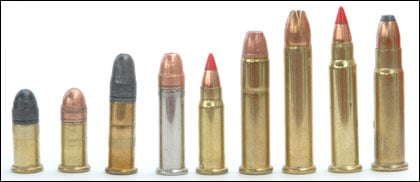
Let’s start by exploring the speed of rimfire ammunition. Traditionally, rimfire rounds were considered low-velocity. However, this perception changed with the introduction of hyper-velocity 22 Long Rifle, 22 Magnum, and 17 HMR ammunition. While the now rarely used 22 Long rimfire cartridge had a muzzle velocity of around 1,000 to 1,200 fps, which is close to the speed of sound, the 22 Short ammo generally falls below the speed of sound. On the other hand, the 22 CB Cap, a rimfire cartridge powered solely by the primer, typically has a muzzle velocity of approximately 500 fps.
But the real game-changers were the hyper-velocity rounds. The CCI Stinger load for the 22 Long Rifle reaches speeds of about 1,600 fps, while the fastest 22 Magnum loads zip along at around 2,200 fps. The 17 HMR takes rimfire ammunition to blistering speeds, with some loads exceeding 2,600 fps. To put that into perspective, it’s faster than Mach II and more than twice the speed of sound. Winchester’s rimfire 17 Super Magnum takes it even further, with some loads surpassing 3,000 fps.
Centerfire Pistol & Revolver Ammunition
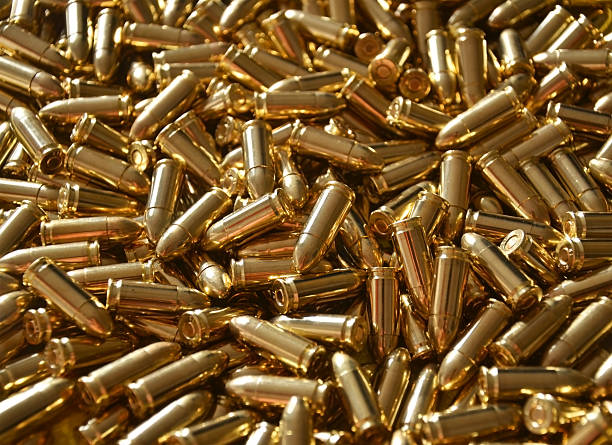
Now, let’s shift our focus to centerfire pistol and revolver ammunition. In general, these rounds propel slower-moving bullets compared to rimfire ammunition. Most centerfire handgun loads have muzzle velocities ranging from around 700 fps to twice that amount. Interestingly, many rimfire loads can actually surpass the speeds of centerfire loads commonly fired from handguns. Surprisingly, the Concord passenger airplane once cruised at an astonishing speed of about 2,000 fps, which is faster than a typical 9mm pistol.
Centerfire Rifle Ammunition
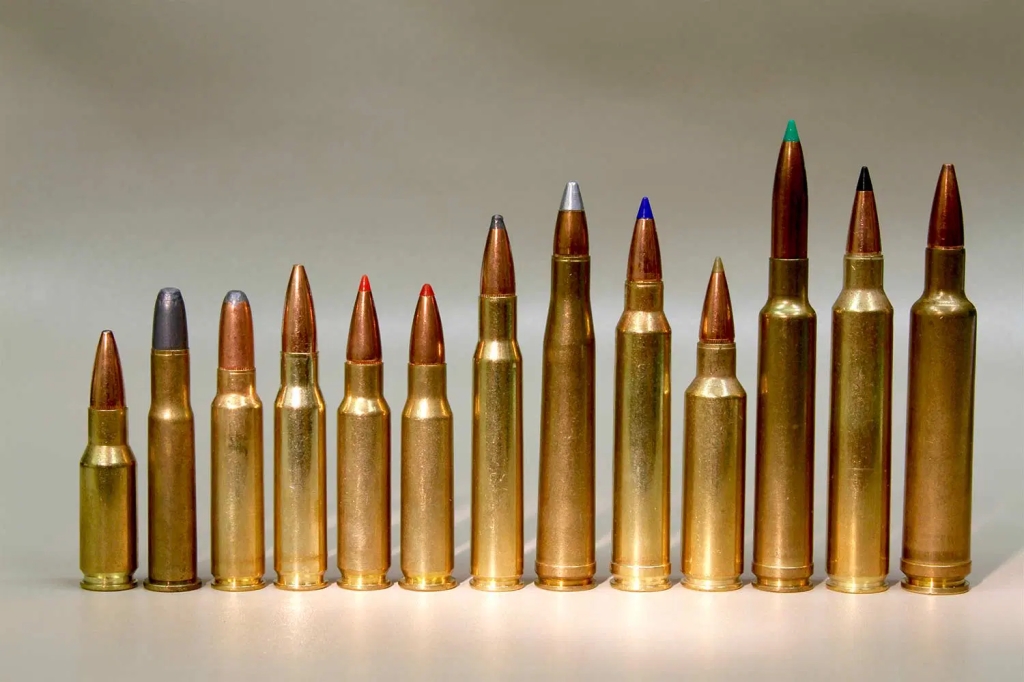
Centerfire rifle ammunition offers a wide range of velocities. Some 45-70 Government loads, for instance, can be slower than certain pistol cartridges and rimfire loads, clocking in around 1,200 fps. On the other hand, the 30-30 Winchester can break Mach II, reaching muzzle velocities as fast as 2,400 fps. For even greater speeds, some 243 Winchester loads can exceed Mach III, reaching speeds of 3,260 fps. The fastest centerfire rifle ammunition is often used for varmint hunting, such as Federal’s 43-grain bullet load for the 22-250 Remington, which is rated at an impressive 4,000 fps. That’s nearly 3.7 times the speed of sound and an astounding velocity by any measure.
Understanding Speed Specifics
As mentioned earlier, bullets have two speeds that are crucial to understanding their trajectory and performance. The first speed, expressed in feet per second, refers to the linear speed or how fast the bullet moves downrange. As the bullet leaves the barrel, its velocity begins to decrease due to air resistance and gravity. Consequently, the bullet slows down until gravity overcomes its forward motion, causing it to hit the ground. The further a bullet travels, the slower it becomes. For instance, a 150-grain 308 Winchester bullet starting at 2,800 fps will only be traveling around 1,800 fps at 500 yards and approximately 1,100 fps at 1,000 yards.
The second speed is the rotational speed. As the bullet travels, the rifling in the barrel imparts spin to stabilize its flight. The twist rate of the rifling determines the number of rotations the bullet completes over a given distance. For instance, a bullet fired through rifling with a twist rate of 1 turn in 12 inches will complete one full rotation for every 12 inches traveled. The rotational speed depends on both the rifling twist rate and the velocity. A bullet rotating one full turn for every 12 inches exiting the barrel at 3,000 fps will have a rotational velocity of 180,000 revolutions per minute (rpm).
By understanding the intricacies of bullet speed, shooters can better comprehend factors like accuracy, trajectory, and terminal ballistics. To explore a wide range of high-quality ammunition, visit Chrisfirearms. Enhance your shooting experience with top-notch products and choose from a vast selection of ammunition tailored to meet your specific shooting needs.
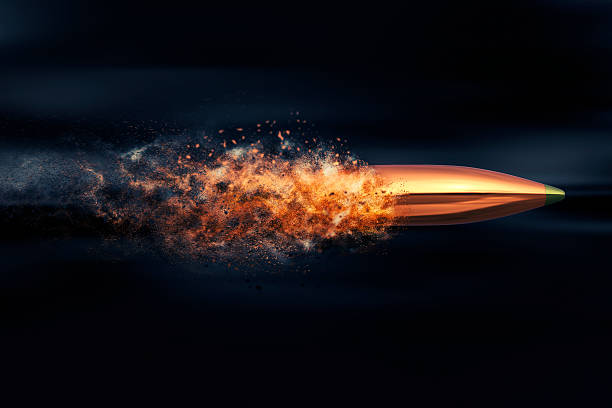
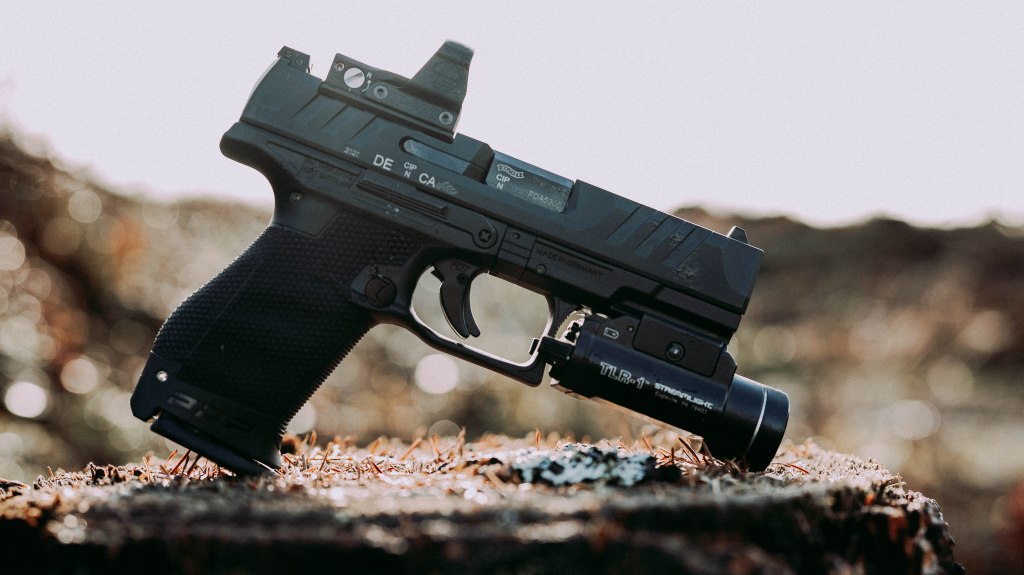
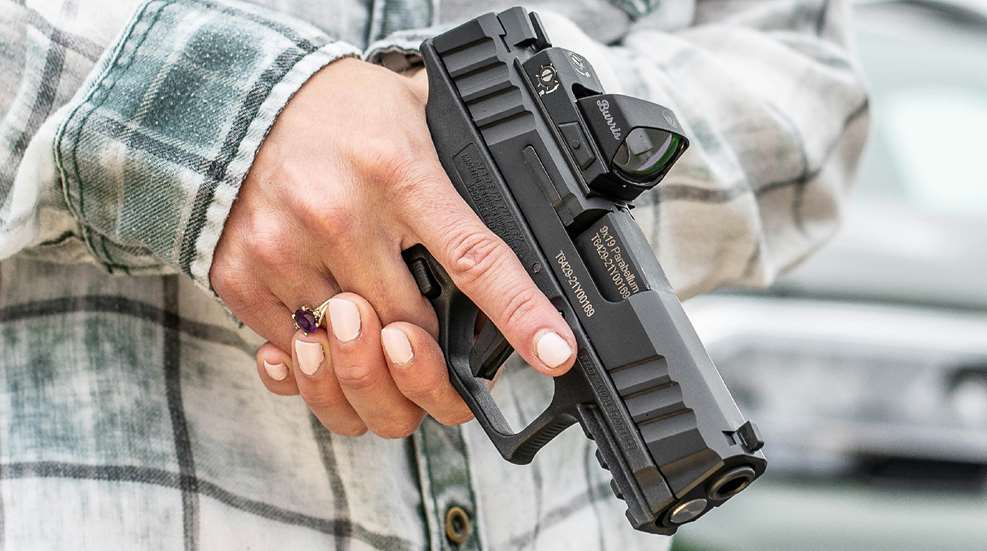
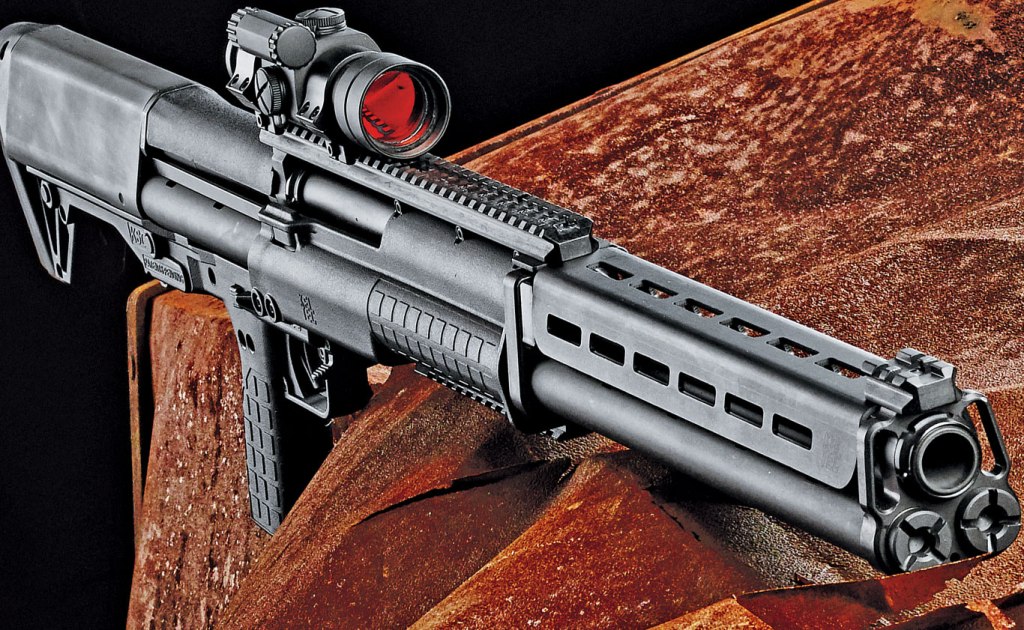
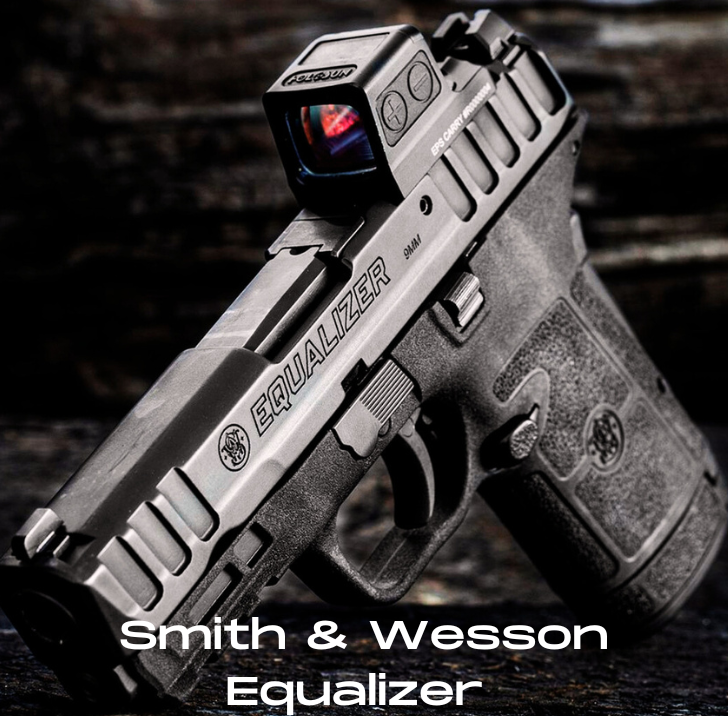
Leave a comment